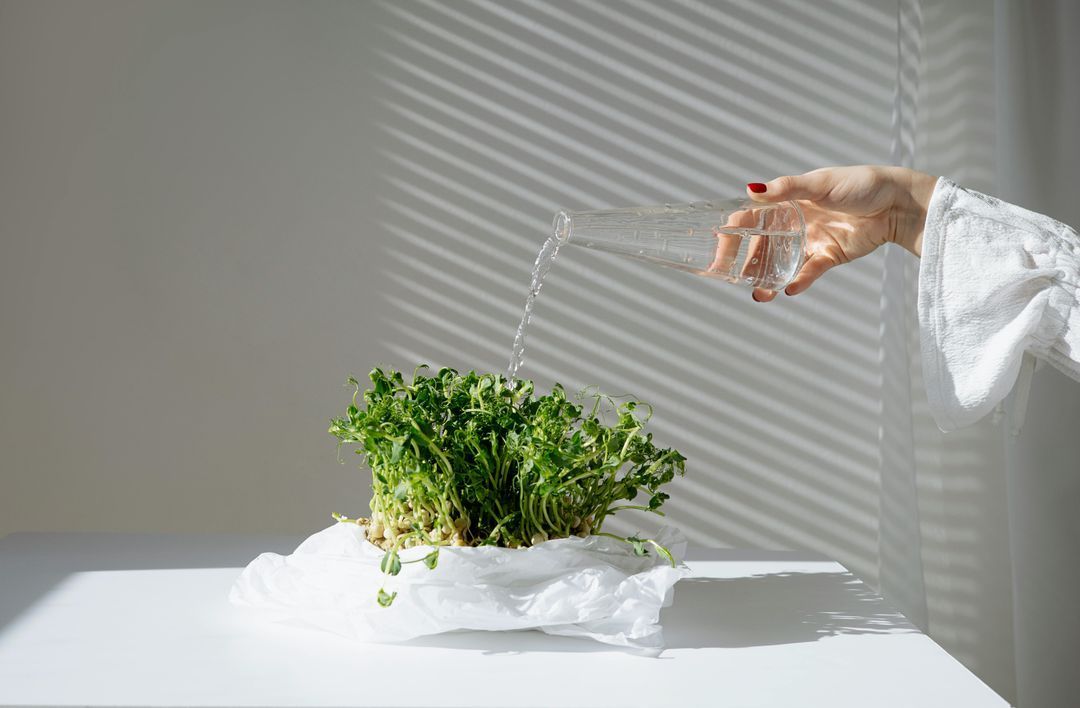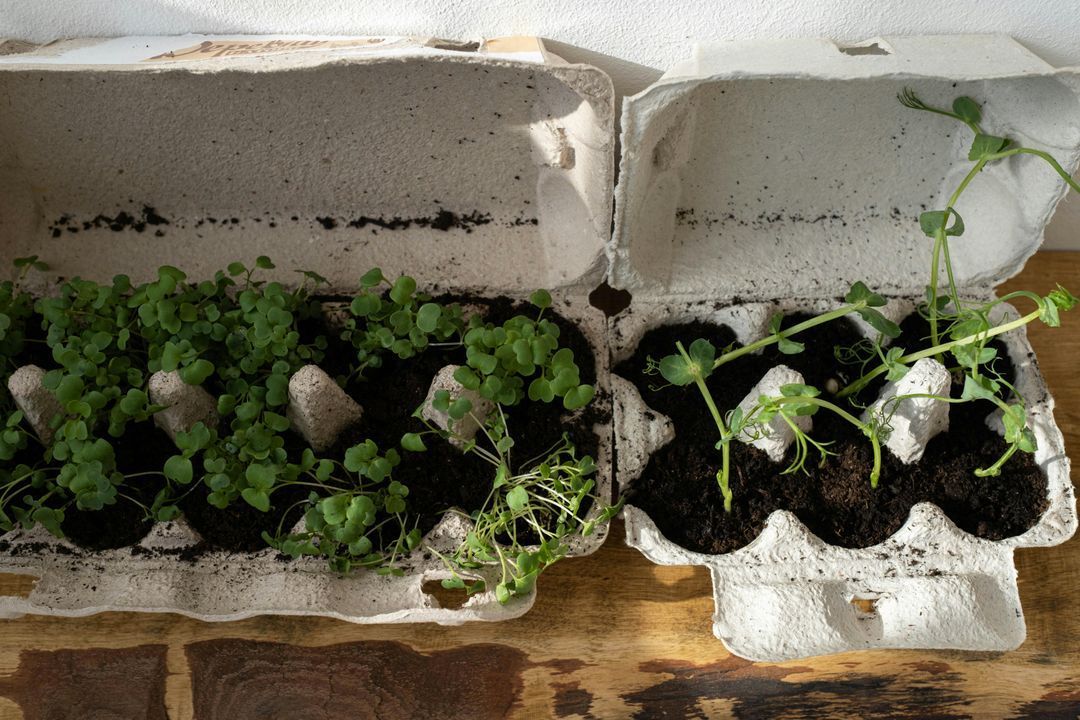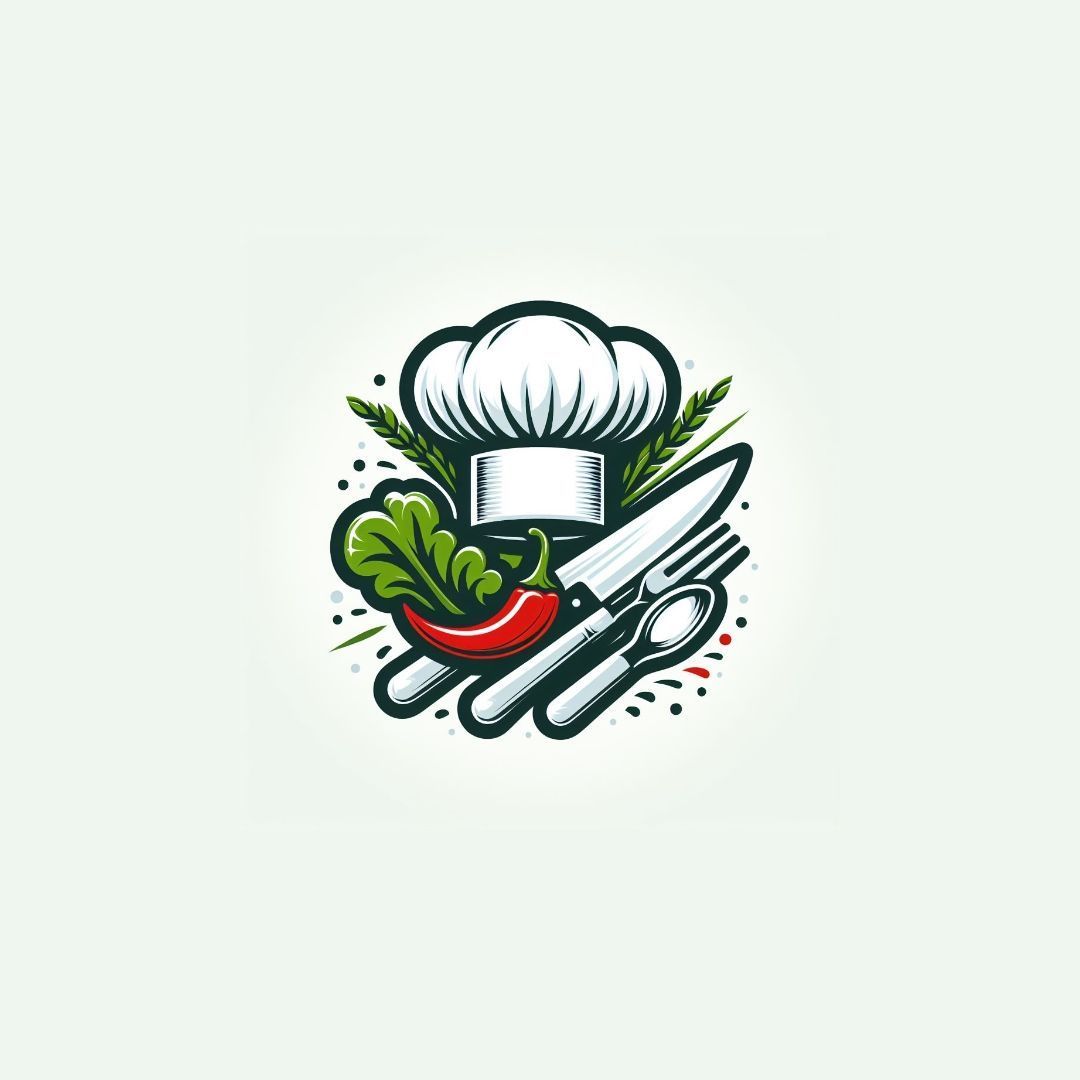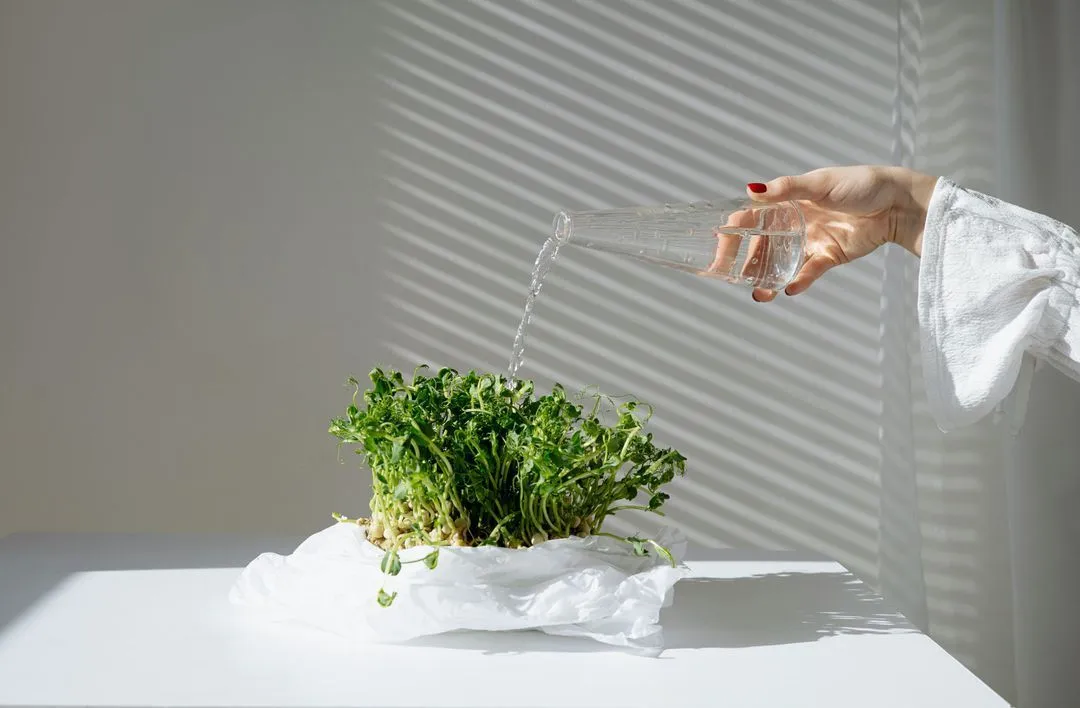Growing a Plant: How and Why to Choose the Right Container for Seedlings

Growing from seeds is an ancient, fascinating, and deeply rewarding practice. But as soon as you begin, a seemingly simple question arises: what do I put them in to germinate?
Egg trays, plastic cups, rigid seed trays, or biodegradable seed trays… which method is best?
The answer is: it depends on what youre growing, your space, and your goals . Heres a comprehensive guide to help you navigate the most popular containers for germination and early seedling growth.
🧪 First of all: what does a seed really need to germinate?
To germinate, a seed needs:
- Constant heat (generally between 18°C and 25°C)
- Controlled humidity (never too wet, never dry)
- Sufficient light (only after germination)
- A light, well-draining substrate (not garden soil, better if you use seed compost or coconut fibre)
Under these conditions, the container simply serves to keep the seed stable, warm and moist , but each material offers advantages and disadvantages.
📦 1. Egg cartons (cardboard)

✅ Pros:
- Creative and zero-cost recycling
- Biodegradable: they can be planted directly into the ground
- They absorb excess humidity (useful for avoiding stagnation)
❌ Cons:
- It tends to dry out too much in hot environments
- Fragile: likely to break when wet
- Limited space for roots
📌 Ideal for : short-cycle vegetables or plants to be transplanted early (e.g. basil, radishes, salads)
🧃 2. Plastic cups or yogurt

✅ Pros:
- Reusable
- Durable and easy to handle
- They can accommodate longer roots
❌ Cons:
- They must have holes in the bottom for drainage
- They retain a lot of moisture → watch out for rot
- Non-biodegradable: you need to repot them before transplanting
📌 Ideal for : Solanaceae (tomatoes, aubergines, peppers) that remain in the pot for a long time before transplanting.
♻️ 3. Rigid plastic seed trays (with transparent lid)
✅ Pros:
- They maintain constant heat and humidity (greenhouse effect)
- Perfect for growing indoors or on the windowsill
- Modular and reusable for years
❌ Cons:
- They cost (even if little)
- More plastic to manage
- To be emptied for transplant
📌 Ideal for : those who want to sprout many seedlings with precision and order.
🌿 4. Biodegradable cells (peat, coconut fiber, paper)
✅ Pros:
- They are transplanted whole, without disturbing the roots
- They breathe well, avoiding stagnation
- Compostable
❌ Cons:
- They dry quickly
- They cost more than “home” methods
- They require attention during the irrigation phase
📌 Ideal for : plants sensitive to transplanting, such as cucumbers, pumpkins, courgettes.
💡 5. Pressed peat discs (Jiffy)
✅ Pros:
- Practical and clean: just water them, they inflate by themselves
- Good initial nutrient content
- Easy transplant: they are placed in the ground whole
❌ Cons:
- They cost more than average
- Sometimes they retain too much moisture
- Not suitable for long-cycle plants
📌 Ideal for : small seeds and for those with little time.
🎯 What to choose in practice?
Objective Advised Low-cost cultivation Egg cartons, recycled glasses Orderly cultivation on the balcony Rigid or Jiffy seedbeds Maximum care of the roots Biodegradable alveoli Germination indoors in winter/spring Seedbeds with lids (greenhouse effect) 🔁 A useful trick: the progressive transplant
An interesting method is to start in small containers (egg cartons or Jiffys) and then transplant into larger pots (glasses or pots). This reduces the initial space and allows you to select only the strongest seedlings for the final transplant.
🛑 Avoid these common mistakes:
- Use containers without holes → causes root rot
- Putting too many seeds in the same hole → competition between sprouts
- Place the seedlings in dark or too cold places
- Watering from above too forcefully → the seeds move
📎 Conclusion
The best container for sprouting your seeds isnt necessarily the most expensive , but the one that best suits your needs. Growing from seed is an art of trial, error, and small discoveries.
Whether you choose an egg carton or a professional seedbed, the most important thing is to observe the seedling and learn to understand it .
Because every sprout, in the end, is a promise of life – and also a small act of faith.

gourmet
Data di inserimento 13 mag 2025
Report article


Comments
There are no comments yet.